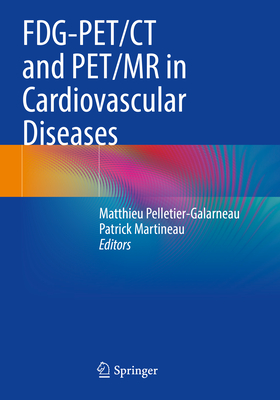Understanding the Significance of PET FDG Uptake in Cancer Diagnosis and Treatment
Guide or Summary:What is PET FDG Uptake?The Mechanism Behind PET FDG UptakeDiagnosing CancerStaging and Treatment PlanningMonitoring Treatment ResponseTechn……
Guide or Summary:
- What is PET FDG Uptake?
- The Mechanism Behind PET FDG Uptake
- Diagnosing Cancer
- Staging and Treatment Planning
- Monitoring Treatment Response
- Technological Innovations in PET Scanning
- Research on Alternative Radiotracers
#### Introduction to PET FDG Uptake
What is PET FDG Uptake?
PET FDG uptake refers to the absorption of fluorodeoxyglucose (FDG) in tissues during positron emission tomography (PET) scans. FDG is a radiolabeled glucose analog that is taken up by cells in a manner similar to glucose. This property makes it particularly useful in oncology, as cancer cells typically exhibit higher metabolic rates and thus absorb more FDG compared to normal cells.
The Mechanism Behind PET FDG Uptake
When a patient undergoes a PET scan, they are injected with a small amount of FDG. After a brief waiting period, during which the FDG circulates through the body, the scan is performed. The areas of the body that absorb more FDG will appear brighter on the scan, indicating higher metabolic activity. This is crucial for identifying tumors, as many cancers have increased glucose metabolism.

#### Clinical Applications of PET FDG Uptake
Diagnosing Cancer
PET FDG uptake is a powerful tool in the diagnosis of various types of cancer. It helps in detecting tumors that may not be visible through other imaging techniques like CT or MRI. For instance, PET scans are particularly effective in identifying lymphomas, breast cancer, and lung cancer. The ability to visualize metabolic activity allows for earlier detection and more timely intervention, which can significantly improve patient outcomes.
Staging and Treatment Planning
Once cancer is diagnosed, PET FDG uptake plays a vital role in staging the disease. By determining the extent of FDG uptake, healthcare providers can assess whether the cancer has spread to other parts of the body. This information is crucial for developing a tailored treatment plan, as different stages of cancer may require different therapeutic approaches.
Monitoring Treatment Response
Another significant application of PET FDG uptake is in monitoring the effectiveness of treatment. By performing follow-up PET scans during or after treatment, doctors can evaluate how well the cancer is responding to the therapy. A decrease in FDG uptake often indicates that the cancer is shrinking or responding positively to treatment, while stable or increased uptake may suggest resistance or progression of the disease.

#### Advancements and Future Directions
Technological Innovations in PET Scanning
Recent advancements in PET technology, including the development of new radiotracers and improved scanning techniques, have enhanced the accuracy and efficiency of PET FDG uptake assessments. Innovations such as hybrid imaging, which combines PET with CT or MRI, provide more comprehensive information about the tumor's location and metabolic activity.
Research on Alternative Radiotracers
While FDG is the most widely used tracer, researchers are exploring alternative radiotracers that may provide additional insights into tumor biology. These new agents could potentially improve the specificity of cancer detection and help in identifying different tumor types or subtypes.
#### Conclusion

In summary, PET FDG uptake is a crucial component in the landscape of cancer diagnosis, treatment planning, and monitoring. Its ability to visualize metabolic activity provides invaluable information that can guide clinical decision-making and improve patient outcomes. As technology continues to evolve, the role of PET FDG uptake in oncology is likely to expand, further enhancing our understanding and management of cancer.